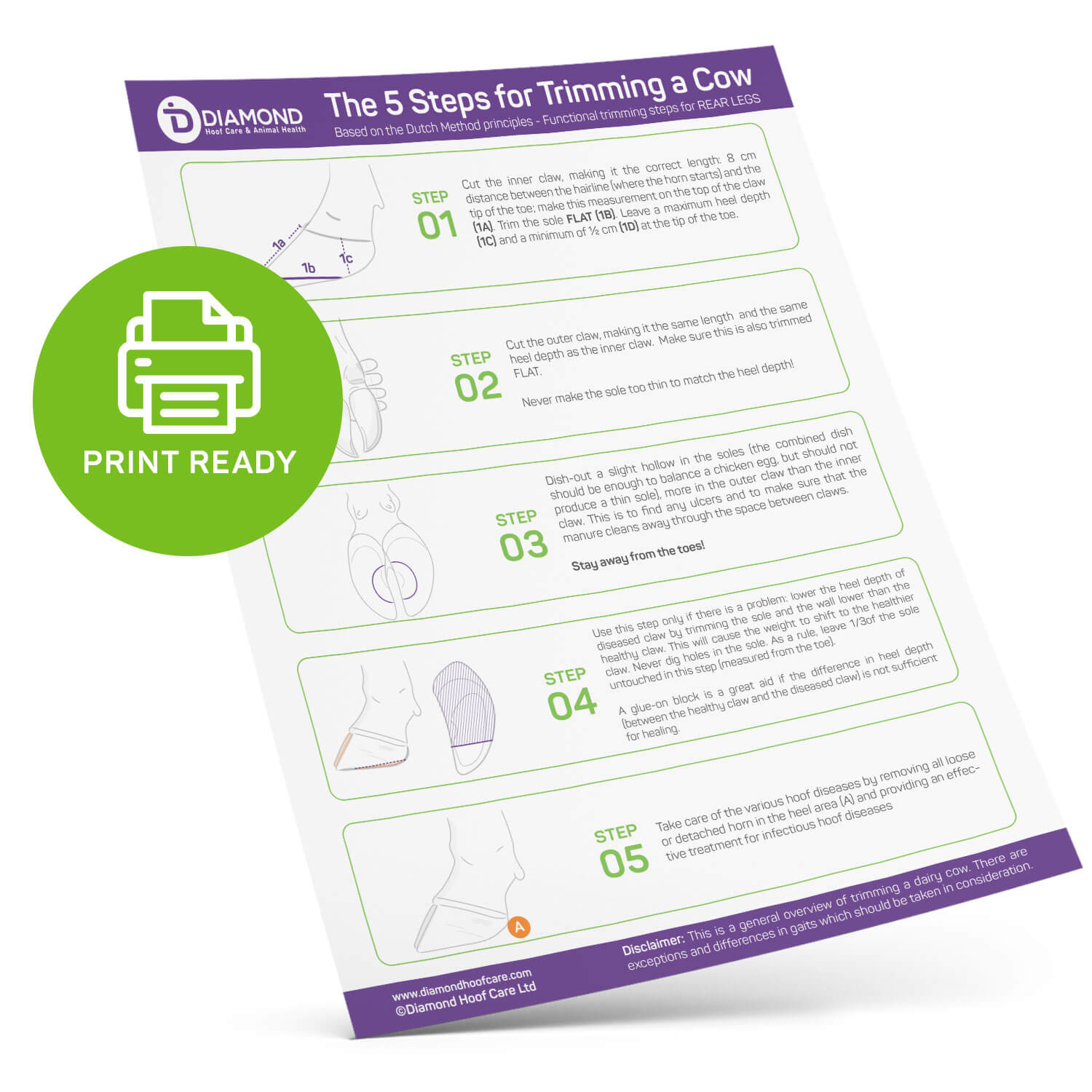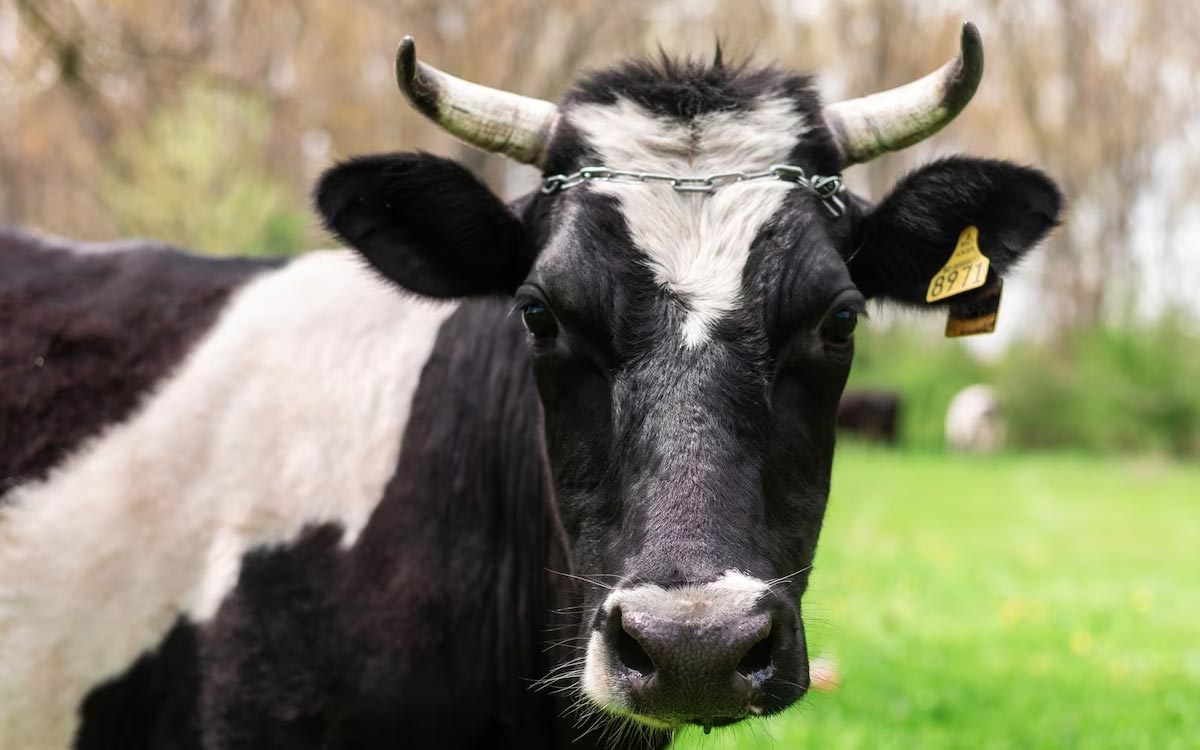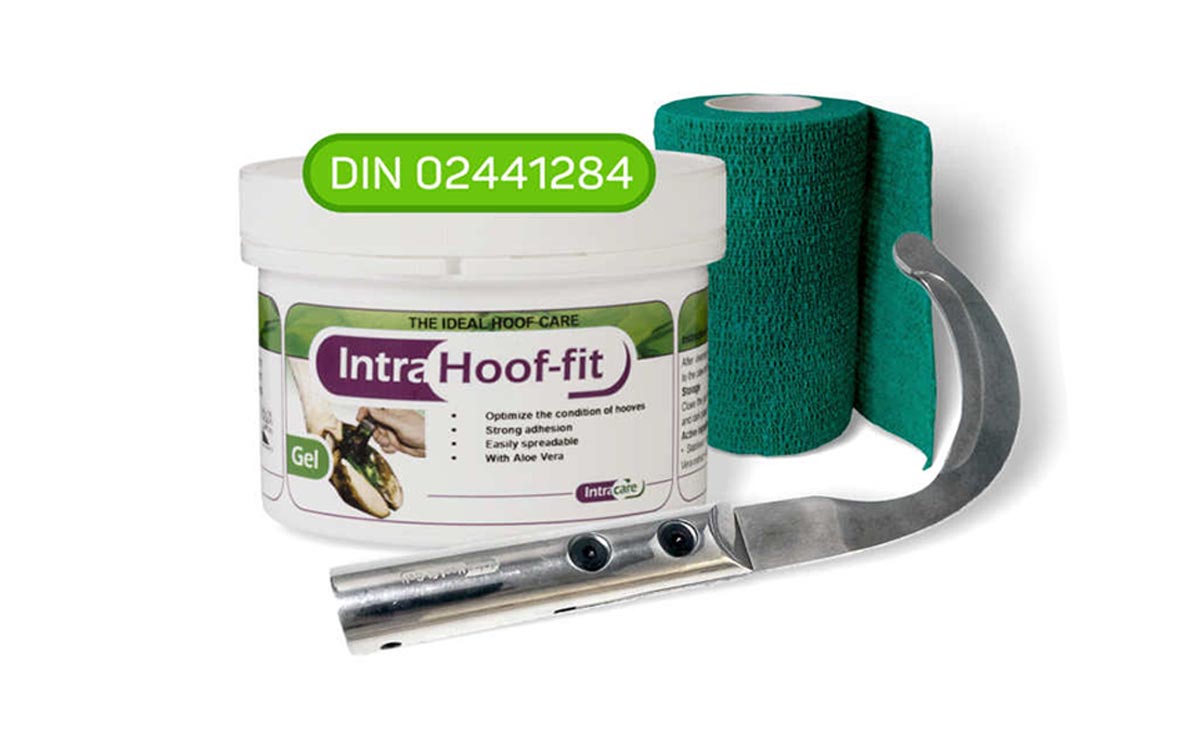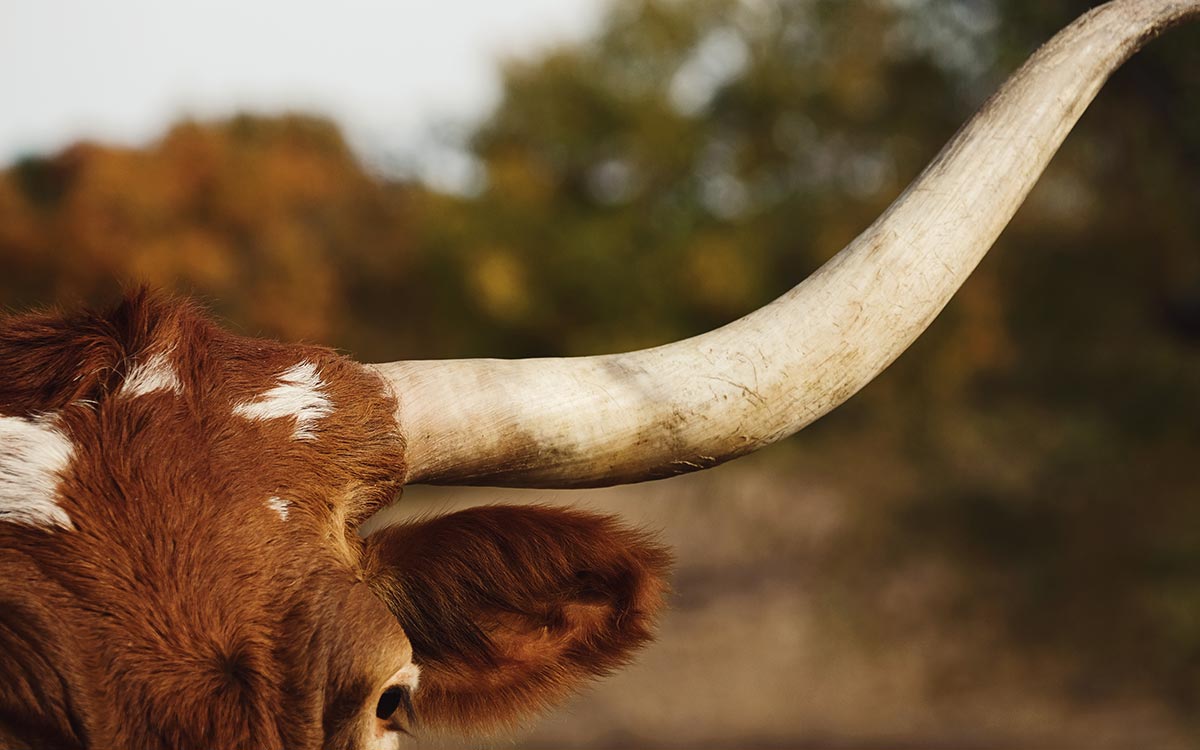The most common cause of foul smell in cattle hooves is interdigital necrobacillosis, or foot rot, although surface bacteria may also lead to a cow’s hooves smelling bad. Proper management and monitoring can prevent the smell; however, strong hoof odours are usually a symptom of inferior living conditions or a looming outbreak of some infectious hoof disease.
To stop cow hooves from smelling, monitor cattle for lameness and implement a hoof trimming and inspection program. Keeping the cows’ living environment clean, removing caked mud from their feet, and using foot baths and sprays can minimize the smelly bacteria on the hooves.
If its hooves smell bad, a cow might be at risk of lameness and the odor is an early indicator. However, over many years of maintaining hooves and also teaching others how to do it, I have learned various ways to eliminate this smell and reduce the amount of infection-causing bacteria on cow hooves.
Monitor Cows for Lameness

The bacteria responsible for the foul smell of cow hooves may also cause lameness. In fact, according to Mississippi State University cattle experts, 20% of lameness in beef cattle is due to foot rot, an infection accompanied by a foul smell.
If a cow injures or damages the skin of its foot, these smelly bacteria will move under the skin, causing cellulitis and painful sores. This dermal infection primarily affects the skin between the hoof cleft and around the hoof.
No farmer wants lameness in their herd, so early detection of hoof and skin problems is a prerequisite for success. Timely and proper diagnosis is a must when it comes to maintaining optimum hoof health.
Thus, monitoring each cow’s gait and hoof condition daily is one of the best measures for preventing foul-smelling hooves and the underlying infections that cause these odours. This inspection allows you to take the individual approach to treating lameness while also catching the symptoms of hoof diseases and conditions early. A registered treatment product (for example, Intra Hoof fit Gel) is a must-have item for every farmer’s medicine cabinet.
Still, many people have not found a routine that works for hoof checks. Setting up a proper time for inspection—for example, during feeding or milking—works well for most cattle farmers, but any time will work as long as you do it daily.
Always benchmark and take note of your herd’s lameness rate. That way, you can track performance and make changes to the protocol.
I have created an easily downloadable hoof disease chart which contains the common hoof disease in cattle.
Maintain a Proper Hoof Trimming Schedule

A regular hoof maintenance program is the most critical method for preventing hoof diseases and infections that cause foul odours. This approach is the most effective remedy for lameness and the ultimate golden solution.
So, by trimming regularly, farmers can reduce the chances of foul-smelling hooves in their cattle, but trimming can also reduce the probability that they will develop lameness. It pays to trim a cow.
Hoof trimming should be done twice a year, but only if necessary. Over-trimming can increase a cattle’s chances of developing lameness, so do not get too zealous.
For more details on when to trim cow hooves, you may find this other article on the subject helpful.

5 Steps to Trim Cheat Sheet
Washing Cows’ Hooves With a Disinfectant

Should we wash the hooves of our cows? This is a great and very pertinent question that we get asked quite often. Before jumping to conclusions or falling into a habit, we should ask ourselves, “Are the hooves so dirty that they need to be washed?”
The floors and walkways should be kept clean. If hooves are plain dirty, we should fix the problem in the back of the barn or in the pens and not try to patch the initial problem in the milking parlour. There are various reasons why washing in the parlour should be avoided, such as:
- Washing takes time, and we value our time.
- Washing wastes water. Even if you have a lake to suck empty, you will have to transport the water back to the field somehow.
- Water fills the pores in the hoof skin, preventing treatment solutions from penetrating. Wet hooves can’t absorb medicines and disinfectants, so allow them to dry before taking any other curative or preventative measures.
- Water could splash against the udder and potentially increase mastitis.
That being said, if the hooves are very dirty, do wash them when the cows enter the parlour. That way, the hooves can dry a bit before a treatment solution is applied, either via a foot bath or a spraying session. Here’s a rule of thumb: If you are gaining too much experience and becoming an expert hoof washer, it’s better to check for improvements in the cows’ environment.
Run Foot Baths or Spray Cow Hooves Regularly

Foot baths and sprays are suitable preventative measures for lameness and foot rot, and they will eliminate foul smells on cattle hooves. However, foot baths and sprays are not effective stand-alone treatments for hoof diseases and infections.
In addition, if your cattle have open sores on their feet, harsh foot bath solutions (for example, formalin and copper sulphate) will cause a burning sensation in the hoof, making the animals less likely to accept foot bath treatments in the future.
So, to determine if your cattle have open sores and to treat the root cause of the smell, you must continually inspect each cow’s gait and hoof condition.
Use foot bath products (like Hoof Sol Bath and Intra Eco Bath) and hoof spray (like Intra Hoof Sol Spray) only to periodically control bacteria on the feet of an otherwise healthy herd. Preventing infection problems and optimizing the hoof skin condition are steps in the right direction.
When administering foot baths, keep the water clean and use the right amount of solution. If you mix it improperly or neglect to change the water frequently enough, you could end up spreading more smelly bacteria rather than eliminating them. For example, when applying Hoof-Sol Bath, use a 5% dilution and change the water after 250 to 300 cows walk through the bath for it to work as intended.
Conclusion
To stop their hooves from smelling, keep the cows’ feet clean, trimmed, and healthy. Smelly cow hooves are a symptom of bacterial overgrowth and a precursor of infectious hoof problems, which may cause lameness and make cattle less productive.
Taking preventative measures and implementing foot baths, spraying sessions, regular hoof trimming, stricter cleaning procedures in the cows’ living environment, and a lameness monitoring program can prevent smelly hooves and foot rot and keep the cows’ feet healthy.
Sources
- Tri-State Veterinary Services: What You Need To Know About Hoof Health
- Diamond Hoof Care: How often should I trim my cows?
- Oklahoma State University Extension: Foot Rot in Cattle
- Mississippi State University Extension Service: Facts on Footrot
- Diamond Hoof Care: Overview of the Cattle Footbath Method on Dairy Farms
- Diamond Hoof Care: Lameness Control Strategies: Prevention vs Treatment
- Diamond Hoof Care: How Does Foot Rot (or Hoof Rot) Affect a Cow’s Performance?



